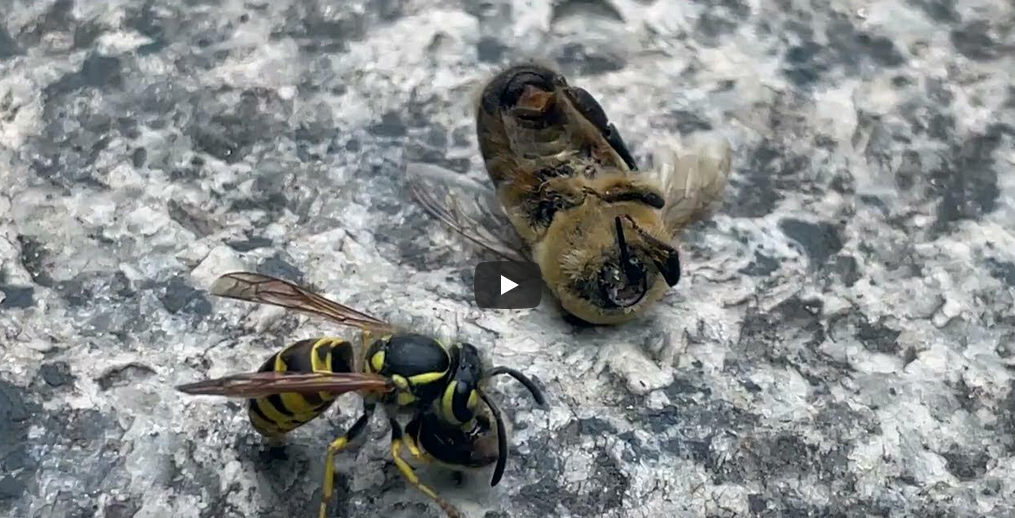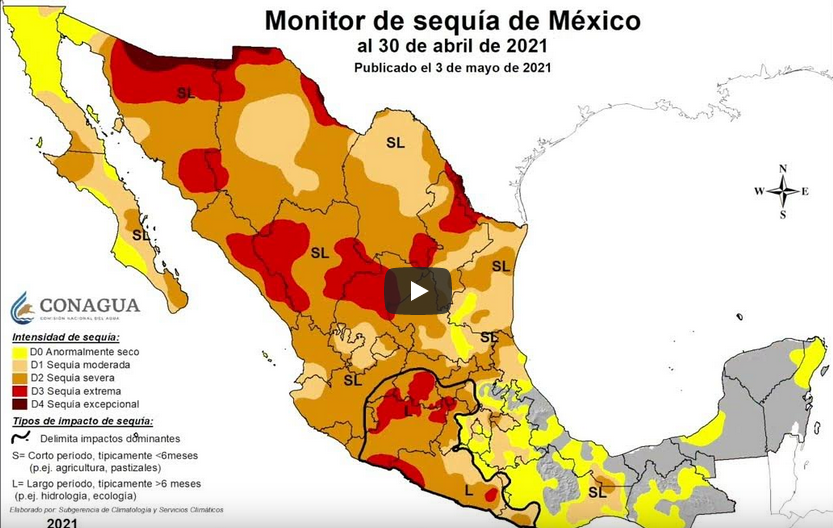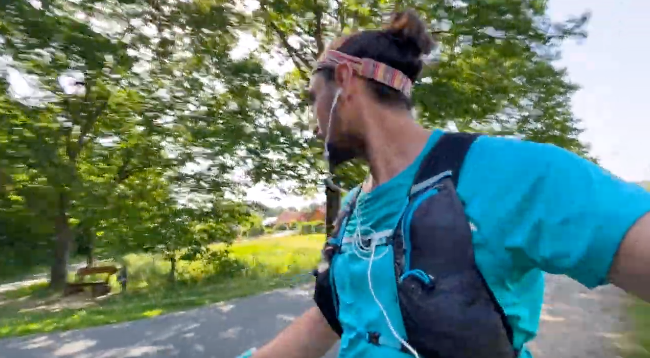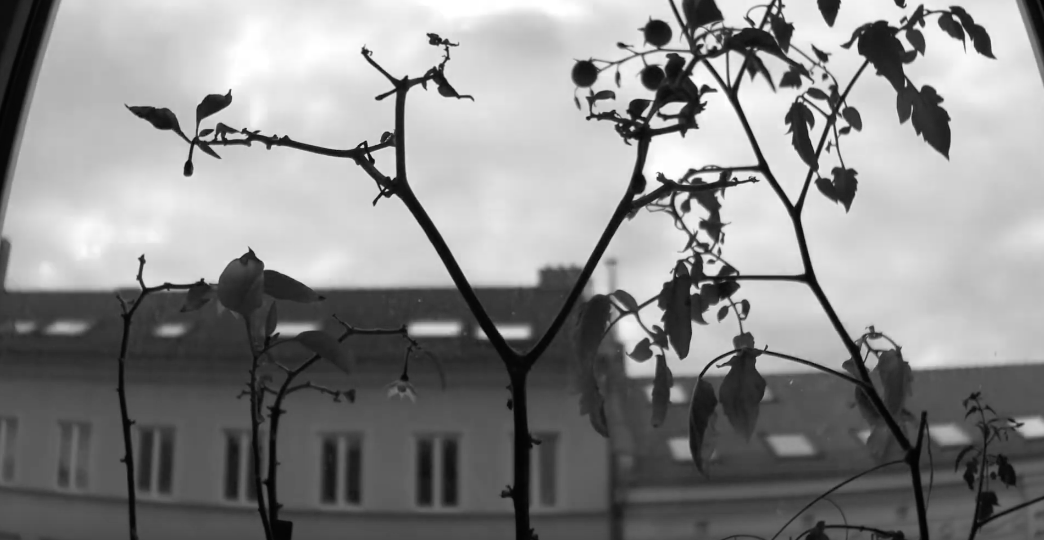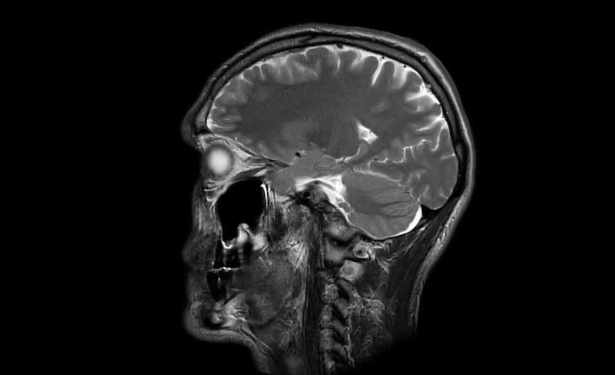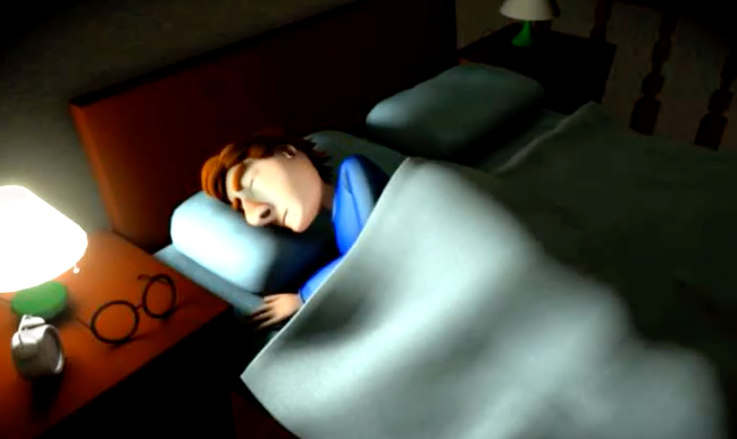I observed and recorded this act of survival while I ran through a park in Berlin.
Film & Animation
Drought Monitoring in México Timelapse 2014-2023
Standardhttps://smn.conagua.gob.mx/es/climatologia/monitor-de-sequia/monitor-de-sequia-en-mexico
102 km in 13 hours 21 min
StandardIn 2019 I decided to run 100km. Then, Corona happened and the event I signed up was cancelled for 2 consecutive years. In 2022 the organisers finally got the green light from the City of Lüneburg, and I completed 102 km in 13 hours and 21 minutes. Here’s a video of the experience:
This experience taught me (or reminded me) of a few important things:
- Always be kind and grateful with yourself and others.
- Eat when the body-mind needs food, rest when rest is needed. Run and enjoy in the present moment.
- It’s not about enduring or withstanding pain. It’s not about controlling. It’s not about attaining. It’s just about being, as it is.
- You can always begin again, in every moment. This mantra was helpful to periodically reset my running form and mindset every time I would become unaware or I got lost in thought (eg. hunching my shoulders instead of being relaxed and upright).
*The above video has no monetary aim. However, the video is not available in all countries/regions because of Youtube music copyright restrictions. Oh well…
Antropoceno
StandardLast year, I shot a timelapse with my Raspberry Pi from 2021-10-13 to 2021-12-14.
Details:
Raspberry Pi 3 Model B (2017)
Raspberry Pi HQ Camera, 6mm CS-Mount lens
tlalnamiquiliztli
StandardI put together some MRI images of my head in the form of a short-film. This is the result.
tlalnamiquiliztli (From the Nahuatl language) 1. Reflection, memory, thought, meditation 2. Mind, the most essential part of the soul.
(De la lengua Nahuatl) 1. Reflexión, memoria, pensamiento, meditación 2. Mente, la parte más esencial del ánima.
An experimental short-film series
StandardHere’s an experimental short-film series feat. Haku. It’s composed of 12 videos, with a total duration of 15 min. I made it with an iPhone and a simple movable arm to hold the phone.
Sueño
StandardA long time ago, I directed and animated a 3 min 3D short-film. This was around the time I was university. I’ve always been fascinated by motion pictures.
30 days of a chile seed germinating and 130 hrs of an Orchid blooming. A time-lapse photography and programming exercise with Raspberry Pi.
StandardIn the early 2000’s, like many others web enthusiasts, I learnt how to build basic websites, I played around with HTML and CSS; it was fun. Then life happened. A few years go I re-started to learn programming, I did a Python course but I forgot about must stuff, I never applied it.
This year, I taught myself the basics of programming with youtube videos, an Udemy course, a book, and by asking questions to my colleagues at work: developers, engineers and data-scientists. Access to their knowledge and patience is invaluable. Some of them recommended to apply the lessons I learned by doing a project: the famous learning by doing technique so I decided to mix some of my interests: photography, animation, storytelling, video editing and programming.
The first phase of the project was a playful one. One of the orchids of my apartment was about to bloom so I took the chance and started taking pictures.
In the second phase, I was more systematic. First, I set up the scene: seeds, light, Raspberry Pi and Camera. Ready, set, action! It turns out, that more than 1 seed germinated. I honestly wasn’t expecting them to grow, it’s autumn 2020 in Germany, there’s little sunlight and temperature is decreasing. So, I had to modify the scene after the first seeds grew.
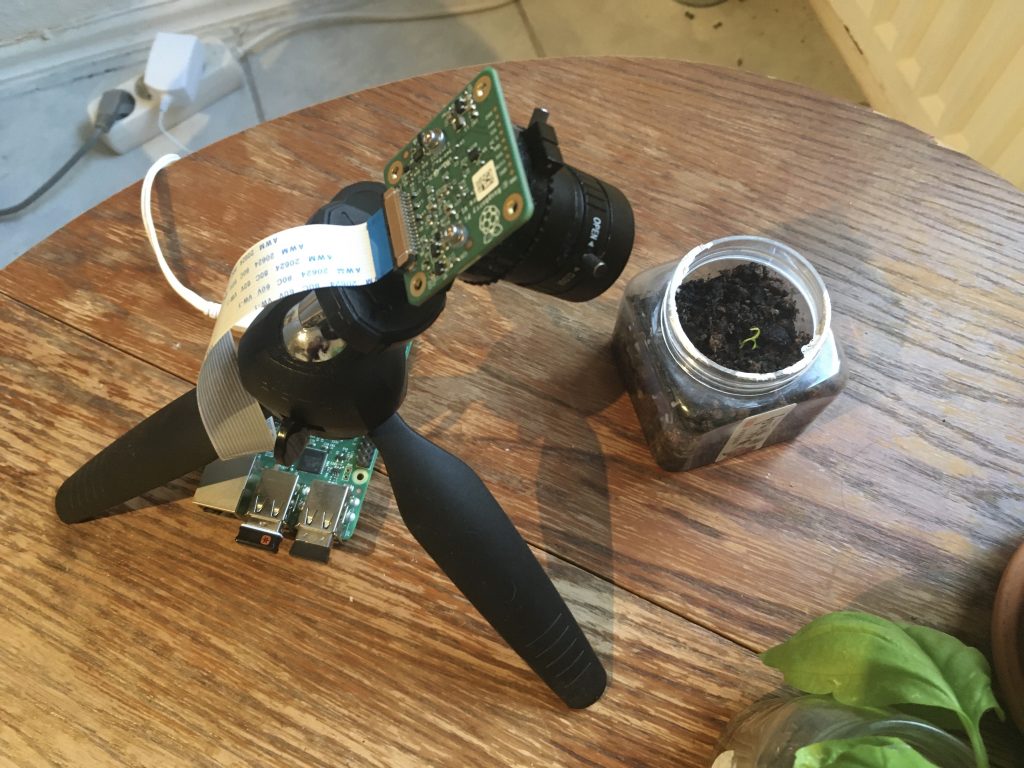
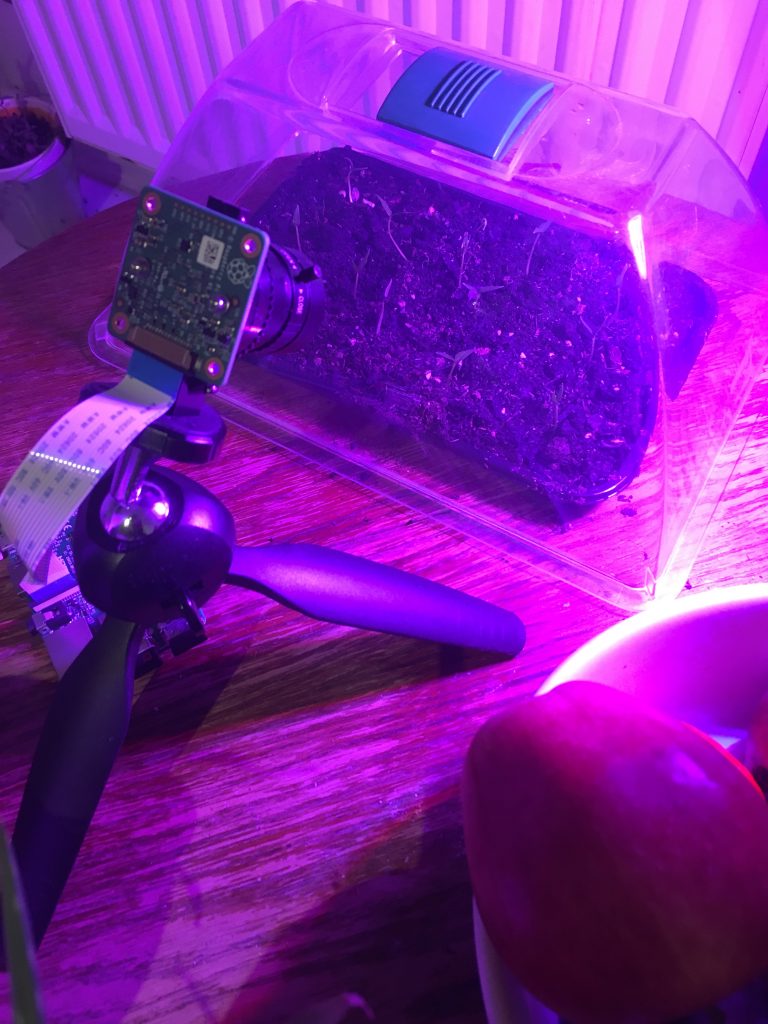
This is the raw unedited result of the first 20 days.
Here’s a brief description of how I did it:
I used a Raspberry Pi 3 B, Raspberry Pi HQ Camera with a 6mm lens and a Macbook to remotely access the Raspberry Pi. I accessed with VNC viewer.
Then, in the Raspberry Pi I Command Line I used the below command so the Raspberry Pi Camera would take a 1920×1080 picture every 10 minutes, for a period of X hours.
raspistill -w 1920 -h 1080 -t 172800000 -tl 600000 -o frame%04d.jpg
The example above shows -t 172800000 milliseconds (48 hours) for the duration of the session and -tl 600000 milliseconds (10 minutes) which was the frequency in which I took every picture. This meant that every other day I ran this command in the Raspberry Pi and waited, then every night I turned on the UV light. That’s why you see the colour purple in the video. You’ll see some black frames in the video, those are nights which I forgot to turn on the light.
To create the video, I installed ffmpeg with homebrew.
$ brew install ffmpeg
In macOS terminal, I used ffmpeg and I ran the below command in the macOS terminal to join the frames and to create a video. This line saved me a bunch of time.
ffmpeg -r 24 -f image2 -s 1920x1080 -i frame%04d.jpg -vcodec libx264 -crf 15 test.mp4
This exercise is not over. There are 10 days to go and some editing to do. My end goal is to write a script that can reduce the amount of manual work. Let’s see.
Update: 2020-11-30
It’s ready. The below video shows 720 hrs or 30 days of photographs and this is the edited result, I cut out the black frames, increased the speed and I chose a popular musical piece to add some drama.
I was able to run a python script to join the last 10 days of frames. Here’s the last piece of what I learned.
I wanted to run ffmpeg with Python, to do so, first I installed virtual env.
$ pip install virtualenv
Then I accessed the folder where I wanted to to create the virtual environment, created an environment and finally activated it.
Access the folder in macOS terminal
$ cd /Users/…/….
Create the virtual environment
$ virtualenv NAME_OF_ENV
Activate the virtual environment
$ source NAME_OF_ENV/bin/activate
For the above, I found this tutorial useful.
My goal was to run a script in python, so I install a python wrapper for ffmpeg called ffmepg-python.
I then ran the below python script in macOS terminal
import ffmpeg
(
ffmpeg
.input('/Users/…/….*.jpg', pattern_type='glob', framerate=24)
.output('movie.mp4')
.run()
)
Et voilà! I finally edited the video, added music and text in iMovie.
Update 2021-04-30
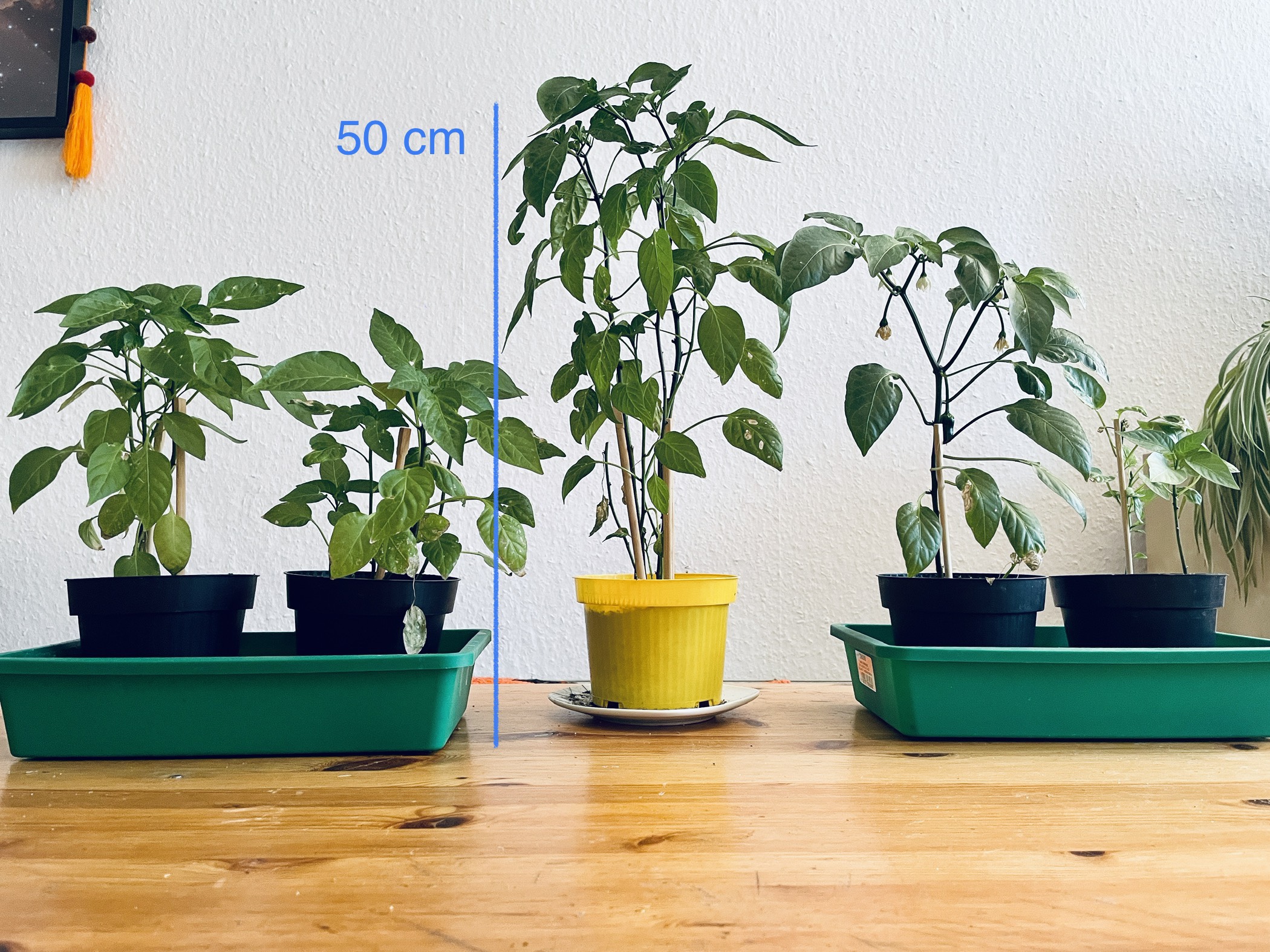
aStro 2019
StandardHere’s a stop-motion from last year. It’s homemade with an iPhone SE.

